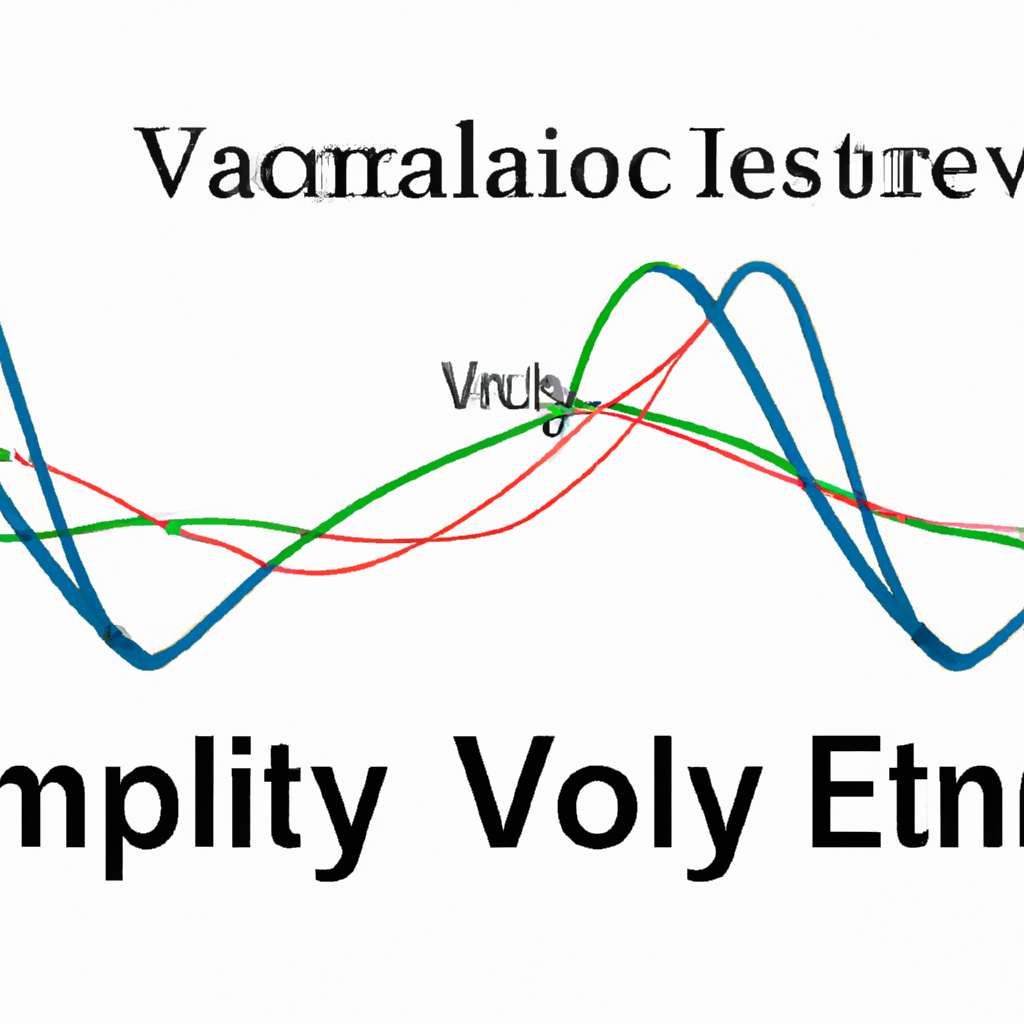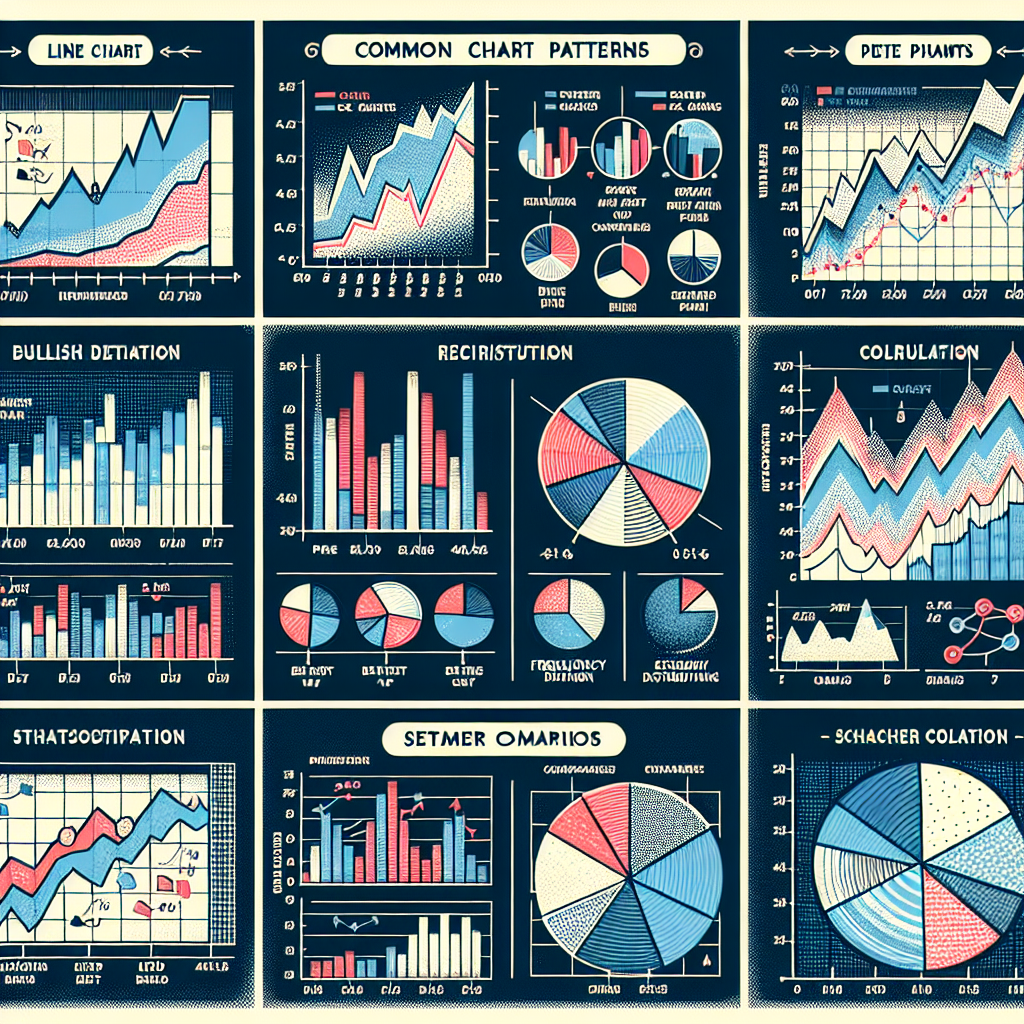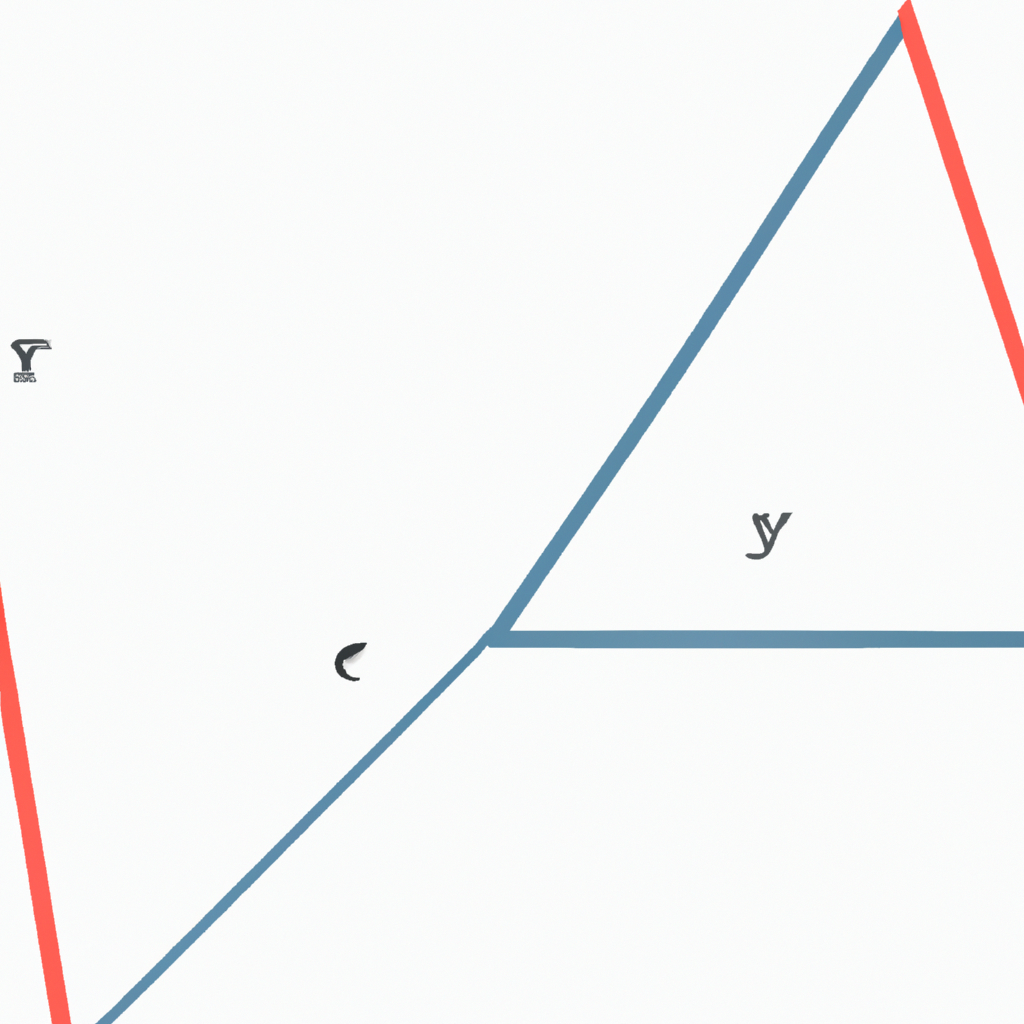Volatility Analysis Methods
Introduction
Volatility analysis is a crucial aspect of financial market analysis. It helps traders and investors understand the level of risk associated with a particular security or market. By analyzing volatility, market participants can make informed decisions about their investments and develop risk management strategies. In this article, we will explore some common methods used for volatility analysis.
1. Historical Volatility
Historical volatility is a commonly used method to analyze volatility. It calculates the standard deviation of price movements over a specified period. The higher the historical volatility, the more volatile the security or market is considered. Traders often use historical volatility to assess the potential risk and reward of a particular investment.
2. Implied Volatility
Implied volatility is a measure of the market’s expectation of future price volatility. It is derived from the prices of options on the underlying security. When options traders anticipate significant price movements, implied volatility tends to be higher. Implied volatility is an essential tool for options traders as it helps them determine the fair value of options and assess potential trading opportunities.
3. Volatility Index
Volatility indices, such as the CBOE Volatility Index (VIX), measure the market’s expectation of future volatility. These indices are often referred to as “fear gauges” as they tend to rise during periods of market uncertainty and decline during calmer market conditions. Volatility indices provide valuable insights into market sentiment and can be used as a hedging tool to protect portfolios during turbulent times.
4. GARCH Models
Generalized Autoregressive Conditional Heteroskedasticity (GARCH) models are widely used in financial econometrics to analyze and forecast volatility. GARCH models take into account the time-varying nature of volatility, capturing the clustering of large price movements. By estimating GARCH models, analysts can forecast future volatility and assess the risk associated with different investment strategies.
5. Moving Averages
Moving averages are another popular method for volatility analysis. By calculating the average price over a specific period, moving averages smooth out short-term price fluctuations and provide a clearer picture of the underlying trend. Traders often use moving averages to identify potential support and resistance levels, which can help them gauge the volatility of a security or market.
Conclusion
Volatility analysis is a critical tool for traders and investors in assessing and managing risk. By utilizing various methods such as historical volatility, implied volatility, volatility indices, GARCH models, and moving averages, market participants can gain valuable insights into the level of volatility in the market. Armed with this information, traders can make more informed decisions and develop effective risk management strategies to navigate the ever-changing financial landscape.



